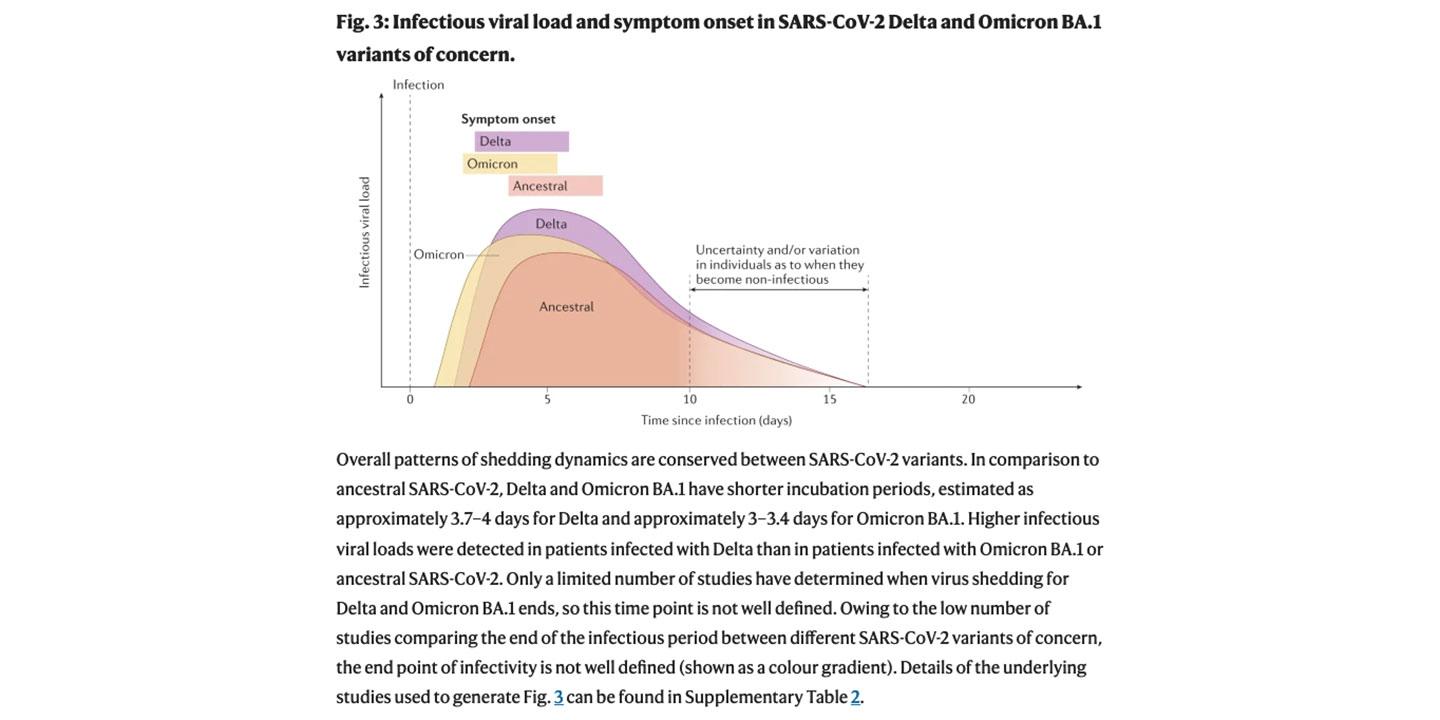Summary of the shedding kinetics of SARS-CoV-2

A new publication provides an overview of the role of the SARS-CoV-2 viral load and infectious virus shedding in transmission.
A summary article by Isabella Eckerle, Benjamin Meyer, Olha Puhach and their research group from the University of Geneva summarises key findings on SARS-CoV-2 viral load and detecting infectious viruses in the respiratory tract. Both parameters are central in estimating infectiousness. Transmission requires shedding of infectious viruses. An understanding of shedding characteristics is therefore important for determining public health interventions. Viral shedding is influenced by the biological characteristics of the virus, host factors and pre-existing immunity (previous infection or vaccination) of the infected individual. Among the various factors for human-to-human transmission, viral load makes a substantial contribution, with a higher viral load posing a greater risk of infection. Emerging SARS-CoV-2 variants of concern have further increased the complexity of viral shedding. As immunity in the population acquired through previous infection, vaccination or a combination of the two has risen, viral shedding patterns have become increasingly distinct from those of the original SARS-CoV-2 virus. Understanding what factors and mechanisms influence infectious virus shedding and the period during which individuals infected with SARS-CoV-2 are contagious is vital for defining public health interventions and limiting transmission.

In their publication, the researchers give an overview of measuring viral load for various respiratory viruses. One particular problem here is the measurement of infectious viruses. In addition, the research group summarises the kinetic factors in shedding of respiratory viruses and the various SARS-CoV-2 variants.
Although considerable progress has been made in diagnostics over the three years of the pandemic, the research group says there are currently no tests that reliably determine the presence of infectious viruses in routine diagnostic samples. Continuing evaluation of viral shedding characteristics in these changed circumstances and understanding the biological properties of novel SARS-CoV-2 variants with regard to viral shedding are of importance in implementing further public health interventions.
